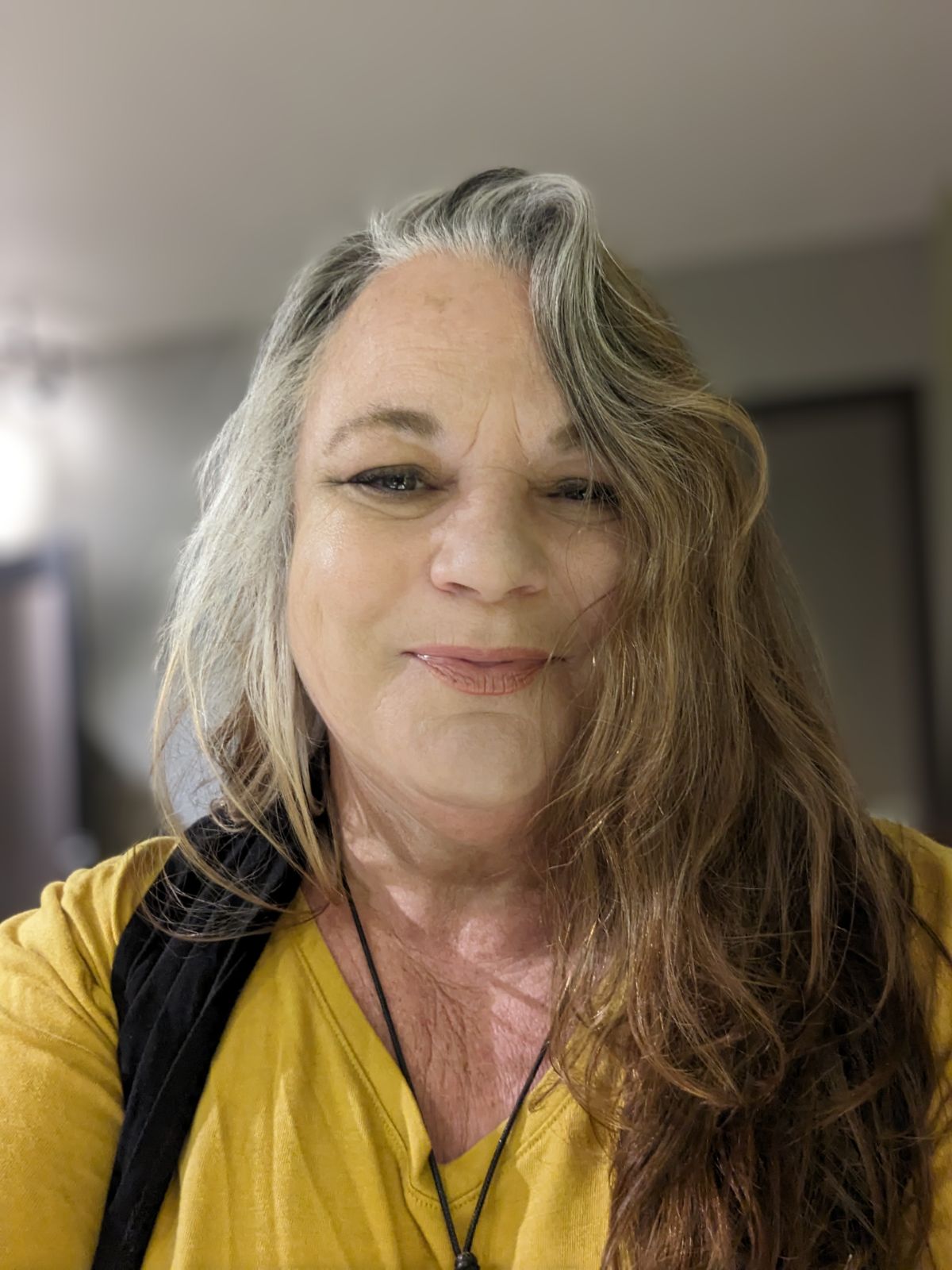Create a Delightful Dragonfly & Damselfly Garden
- Kerri A. Bailey, BS CH

- Apr 29, 2024
- 4 min read
Updated: 3 days ago

Dragonfly Gardens attract both Dragonflies and their slimmer cousins the Damselflies which are important to aquatic ecosystems as predators that hunt mosquitos and other nuisance insects. their populations are in decline as their habitats are shrinking. We can help them out by providing elements to help them survive in our own backyards.
There are 2 main parts to the garden design- the aquatic environment that serves as the place where eggs are deposited, hatch and the larvae then develops and grows into an adult. The larvae can last several seasons before it develops into an adult dragonfly that lives for a few months. Adults will then utilize the terrestrial portion of the garden (outside the pond) where summer blooming flowers (mix of perennial and annuals) and grasses attract pollinator insects that provide food. Dragonflies are voracious insect predators, hunting mosquitoes especially and they are considered beneficial in the garden.

Plants for the Pond: Structure Plants needed for the Eggs to adhere, hatch and for support the larvae can use for hunting and to hide from other predators; Here are some aquatic plant examples-
Mare’s Tail which grows out of the water as well as submerged under the water surface functioning as an “oxygenator” they grow well in shallow water on the edges.
Hardy Waterlilies- have their roots growing on the bottom of the pond in 1-2’ of water. The stems grow up to the water surface with leaves that float on the water surface. Waterlilies provide structures for larvae to cling to and the pads provide landing platforms for adults to rest and attract mates. Choose 2 or 3 different colors so you have a longer, more varied bloom time- Red, Pink, White, Yellow, Peach or Changeable. They also come in different size leaves and spread- small 2’-3’, Medium 4’-6’, and Large over 6’- so there are several varieties to choose from depending upon how large the pond is and how much coverage you prefer.
Sagitarria- aka Duck Potato or Arrowhead – has attractive arrow shaped leaves and clusters of white summer flowers. There are a few different varieties from 16”-24” tall growing in shallow water up to 8” submerged.
Blue-Eyed Grass- a little mini-iris grows to about 12”-18” tall in shallow water or on the edge of ponds in moist soil. Flower also attracts pollinators.
Marsh Marigold- yellow spring bloomer that also repeat blooms some in later summer/fall.

Marsh Milkweed- aka Butterfly Weed which attracts pollinators- can grow inside the pond in shallow water or outside the pond in moist soil. There are a few different types, ranging in colors or orange & red to pink growing to 2’-4’.
Cattail- provide structure for the larvae to develop into adults. Other aquatic grasses will do the same- Rushes, Corkscrew or Elk’s Blue; Bowles Golden Grass can be grown inside or outside of the pond in moist soil.
---Not on the design, but if algae becomes a problem you can add annual “floaters” like Water Hyacinths or Water Lettuce to help cover the water surface and absorb the nutrients that algae is blooming off of. An “aerator” can also be easily installed to provide some oxygen when the water gets warmer in the summer and help prevent freezing in the winter.
--Treat the pond with “organic” type pond treatments like Beneficial Bacteria, Barley and sludge reducers if necessary. Add rocks to the bottom of the pond- a variety of sizes to act as areas for the larvae to hide and use to hanger plants especially if the are planted directly in the pond versus in pots or aquatic plant bags.

Surrounding the pond in the soil portion of the garden, plant summer blooming annuals (plants that come back year after year) and annuals (plants that last a season). Dragonfly adults emerge in late spring through summer and early fall, weather depending. Choose plants that bloom continuously during the warmer months with various heights- mid-range to tall. Grasses provide structure, choose taller, clumping varieties unless you have room for them to spread.
Black-Eyed Susan- mid-late summer bloomer, like full to part sun.
Borage- blue annual also good as an herb.
Grasses- several types to choose from with various heights and colors. Bowles Golden 18” tall, can grow inside the water or outside in soil.
Heather- choose summer flowering ‘Calluna’ types rather than ‘Erica’ that bloom in the winter.
Joe-Pye-Weed- likes moist soil and gets tall- 4’-6’, can grow in part sun or shade.
Sage (Garden, Flowering or Russian) or Coneflower- several varieties and colors to choose from.
Vines- Clematis or other flowering vine- choose 2 different to extend bloom time.
Yarrow- white clusters of summer flowers, grows to about 14-16” tall.
If you would like to learn more, take a class- I offer inperson classes as well as online classes. Also check out your local extension, colleges, pond stores and garden centers that may offer advice and plants that grow best in your area.
















Comments